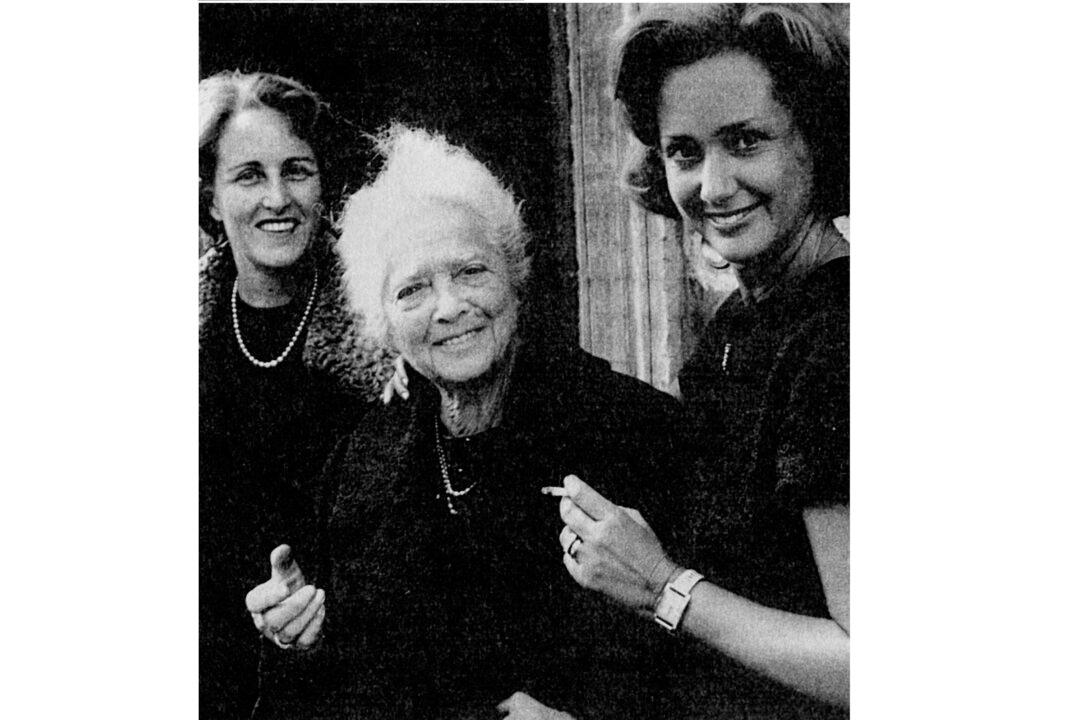The stuffed pork loin is easy to cook, and you can choose how to season it according to your menu. Wild fennel flowers are my favorite choice, but rosemary or juniper berries also work well with the other ingredients. You can also prepare it the day before; it is actually better to make in advance, so that you can slice it into thin, neat slices.
Serves 6 to 8
- 3/4 pound fresh Italian sausages
- 6 tablespoons grated Parmigiano Reggiano
- 3/4 cup breadcrumbs
- 1 teaspoon dried fennel flowers (or substitute fennel pollen)
- 2 2/3 pounds pork loin
- Salt and ground black pepper
- Extra-virgin olive oil
- 1 cup dry white wine





